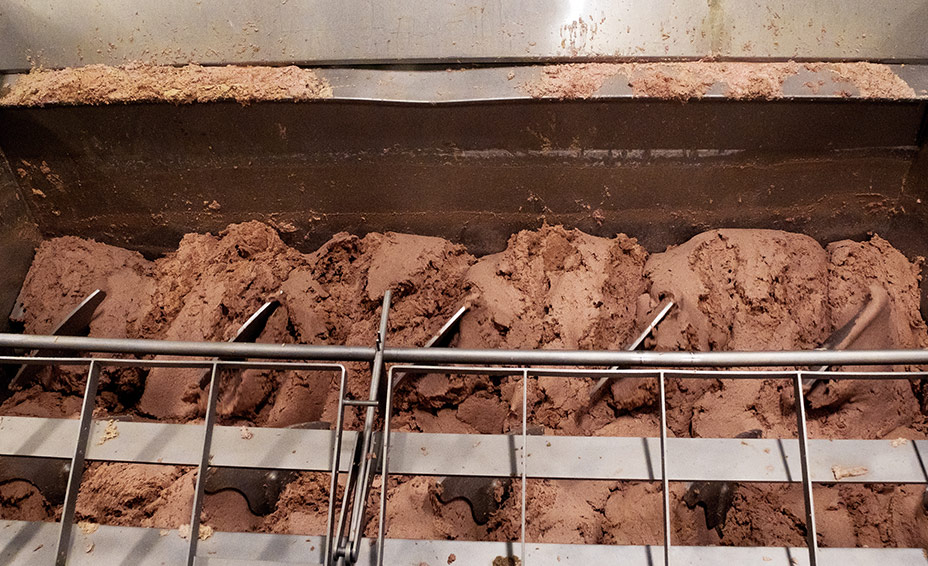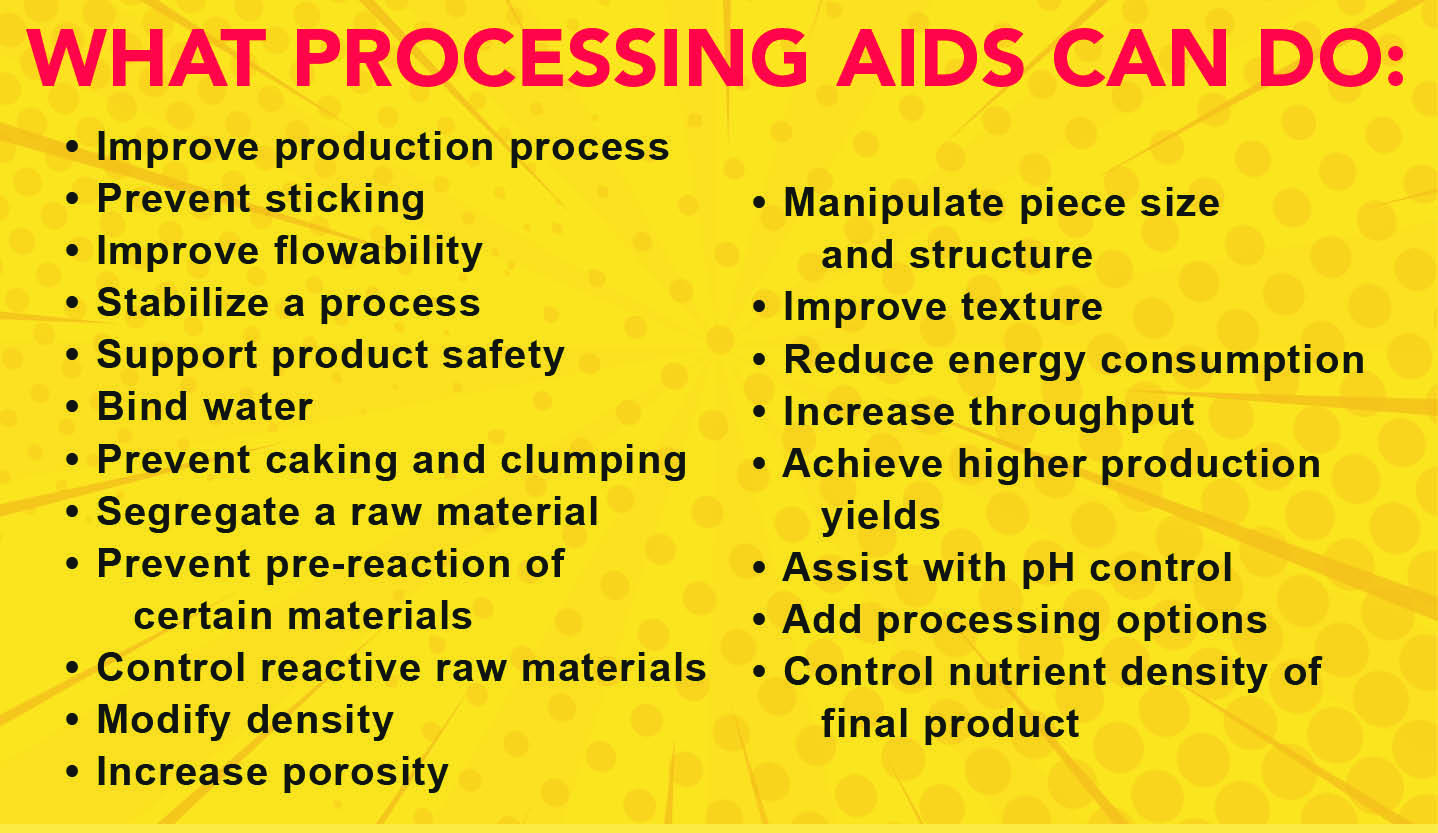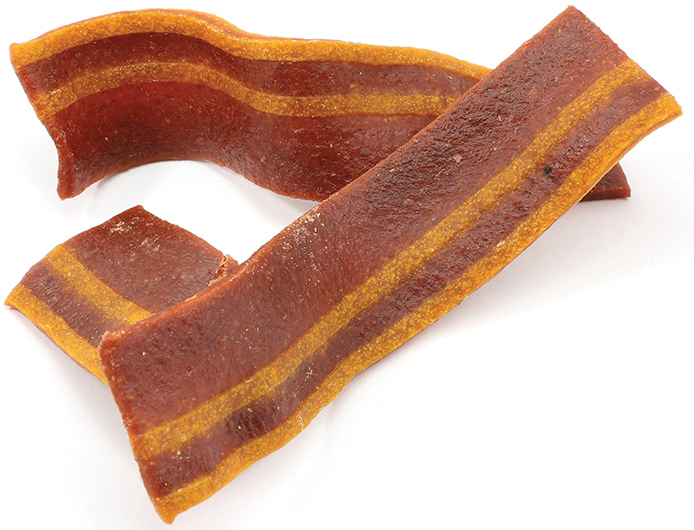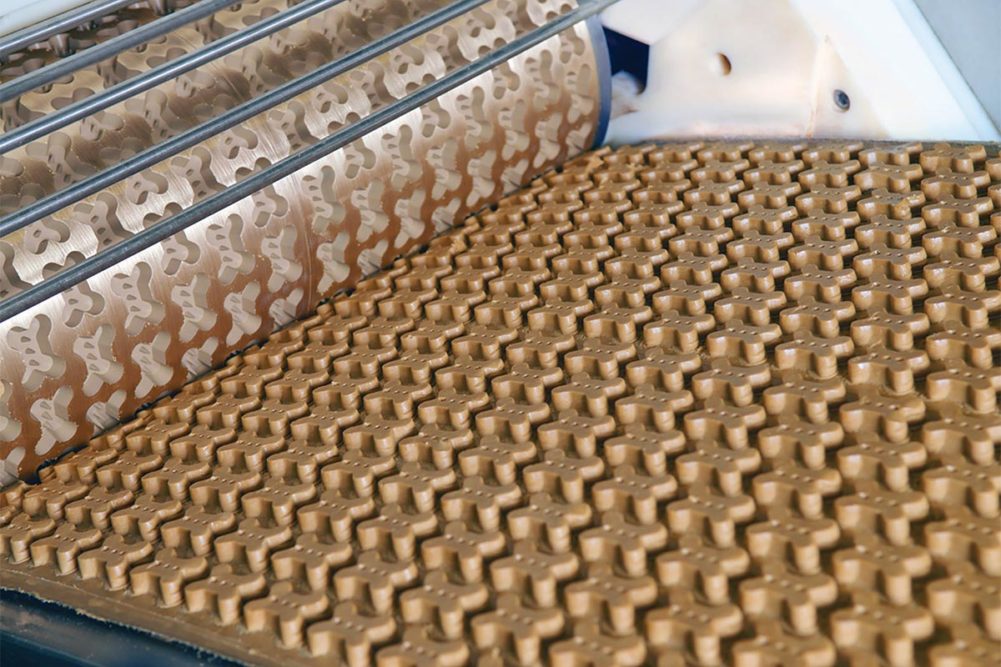This article was published in the December 2020 issue of Pet Food Processing. Read it and other articles from this issue in our December digital edition.
The “humanification” of pet foods has introduced “human food production” issues into pet food processing facilities. Ingredient stability, speed of production, ease of robotic automation, and quality assurance through distribution and shelf life have become greater pain points with the new generation of complex pet food systems.
“From plant-based treats to wet food made with all-organic ingredients, many of the same consumer trends driving innovation in the food and beverage market have proliferated into the pet food aisles,” said Jeff Matis, senior project manager, CRB Group, St. Louis, an engineering, architecture and construction company. “Manufacturers are experiencing the same plant design challenges and opportunities with pet food processing as they do with foods and beverages. Advanced design elements help manufacturers better adjust to a modern pet food processing plant.
“Three areas that manufacturers should focus on are hygienic design, managing temperature control in the facility and designing for linear flow,” Matis said.
Ingredient selection plays into each of these areas, as some ingredients may be overly wet or sticky. The other extreme is too dry and crumbly. Emulsified slurries may foam in the vat, complicating further formation. Raw ingredients introduce an entire new level of considerations.
“Incorporating raw meat into pet food creates new requirements for the facility environment,” Matis said. “Facilities handling raw meat should be designed to prevent contamination and harborage of bacteria.
“A temperature-controlled area within a processing facility requires a proper plan and an understanding
of the processes within the space,” he added. “The temperature-controlled area must be determined and mapped prior to developing a design for the area, taking into consideration required temperature control recovery time, washdown specifics, downtime for cleaning, temperature and humidity control during process and cleaning and effluent stream changes due to room temperature.”
In many of these areas, production operators will rely on processing aids. These are additives included in the formulation or on the equipment for the sole purpose of improving the production process.
Additive vs. food additive
The US Food and Drug Administration (FDA) regulates these additives, with many Generally Recognized as Safe (GRAS) for an intended use. Others require approval as a “food additive.”
The FDA identifies processing aids in pet foods as: substances added to a food during processing but removed in some manner before packaged in finished form; substances added to a food during processing and are converted into constituents normally present in the food and do not significantly increase the amount of the constituents naturally found in the food; and substances added to a food for their technical or functional effect in the processing but are present in the finished food at insignificant levels and do not have any technical or functional effect in that food.
“If an ingredient is deemed a processing aid, it does not have to be declared on the end product’s ingredient statement,” said Robert Ames, senior business development manager, Corbion, Lenexa, Kan.
To clarify, the additive must either be GRAS or an approved food additive. However, if the additive meets the definition of processing aid, it’s exempt from declaration. It is always best to work closely with regulatory to ensure compliance.
“The purpose of any processing aid is essentially to help create a more efficient manufacturing process, and in any industry, that is a critical aspect of staying competitive,” Ames said. “But determining what is considered a processing aid and what is not isn’t always simple.
“Determining what is considered a processing aid and what is not isn’t always simple,” said Robert Ames, Corbion.
“In the pet food industry, a processing aid may help prevent sticking and improve the flowability of the product,” he continued. “Without that help, production may be significantly slower or shut down altogether to clear blockages in equipment. It can help stabilize a process or make it safer in some way, but its use should not change the end product itself in terms of performance or nutrition.”
Kent Cooper, co-owner, Evolve Consulting Group, Fremont, Neb., said, “If a treat manufacturer is having trouble getting dough to release from the mold, they might add a processing aid to help the dough to release easier. In high-moisture treats such as a jerky or snack stick, a processing aid will need to be used to help with water binding.”
Cellulose powder and silica are common processing aids. They function as anti-caking agents and may be present at very low levels on one or more ingredients used in the pet food formula. When part of the total formulation, inclusion level is insignificant.
“In many pet food applications, microencapsulation is a unique enabler technology for better processing control and innovative product development,” said Eric Altom, Ph.D., technical nutritionist, animal nutrition and health division, Balchem Corp., New Hampton, N.Y. “Encapsulation, or specifically microencapsulation, is used to segregate a raw material from a product or process with the goal to prevent raw material degradation, or pre-reaction of problematic materials in a process,” Altom added. “This could be to control a reactive raw material, like an organic acid, from interacting with other ingredients.”

Balchem offers encapsulated sodium bicarbonate, which alters the leavening reaction in a variety of products to modify density, increase porosity, and otherwise manipulate piece size and structure. This processing aid is easily applied to baked treats to improve texture, increase overall treat size or decrease the energy density of the treat.
“In extruded pet foods and treats, a variety of emulsifiers can be useful for improving the flowability of the product in processing and avoiding stickiness that can cause manufacturing problems,” Ames said. “They help create a dough of the right consistency with just the right amount of lubrication to facilitate efficient processing.
“Emulsifiers can also play a critical role in achieving quality and processing efficiency when shifting between formulations that contain very different proportions of grain, meat, vegetable or other components,” he added.

“Food safety issues can occur in the supply chain very rapidly, so intermediary preservation is an important part of avoiding safety risks such as Listeria or Salmonella in pet foods, and having effective solutions based on natural ingredients is a relatively new advantage for makers of pet foods,” Ames said. “But some of what now seems new or novel for many manufacturers is actually tried-and-true technology that offers tremendous value as manufacturers deal with the consequences of dramatically different pet food formulations.”
Antimicrobial agents can also reduce food safety risks or in-process spoilage. This helps ensure the product is still fresh when its sold and consumed. Refrigerated fresh pet foods are especially susceptible to product breakdown and spoilage.
“A manufacturer of fresh meat products might add lactic acid to help with pH control, which ultimately helps with microbial control,” said Lisa Schole, co-owner, Evolve Consulting Group.
Robert Mason, senior applications scientist at Balchem, said, “Beyond moisture control, stability can come in the form of pH control and reduction. By reducing the pH of the matrix, we can create a hurdle for bacteria growth, prevent loss of moisture and natural flavonoids, and support more shelf-stable products. Our encapsulated acids are useful for controlling pH and finished product stability, without impacting raw material freshness and handling.”
No labeling required
With microencapsulated ingredients, it is quite common for the encapsulating material to be considered a process aid. The encased ingredient, however, is active and influences the finished product; therefore, it is declared on the ingredient legend.
Processing aids may be derived from nature or commercially produced as a synthetic ingredient. This is an important consideration if a “natural” claim is desired on product packaging. That’s because the Association of American Freed Control Officials’ (AAFCO) definition of natural states that the product “may not contain any additives or processing aids that are chemically synthetic except in amounts as might occur in good manufacturing practices.”
This is especially true of using air and carbon dioxide to assist with manufacturing.
“The generation or inclusion of air is important in controlling the overall structure, porosity and density of a product,” Altom said. “Producers may want to adjust the nutrient density of a product or even control the porosity of a kibble or treat for reasons such as better dental control. This can be done a few different ways.”
One option is special extrusion attachments and procedures. Another is through the chemical reaction of an acid, such as citric acid, with sodium bicarbonate during forming or thermal processing.
“This is a very exciting time for the nutritionists and technologists in the pet food industry,” Altom concluded. “We continue to see an increasing global demand for high-quality, nutritious products that must resemble food designed for humans. We can leverage and reapply processing aids in new and different ways to allow exploration of new novel ingredients to address product development challenges.”
Read more about best practices and trends for product development, ingredients and formulation.




